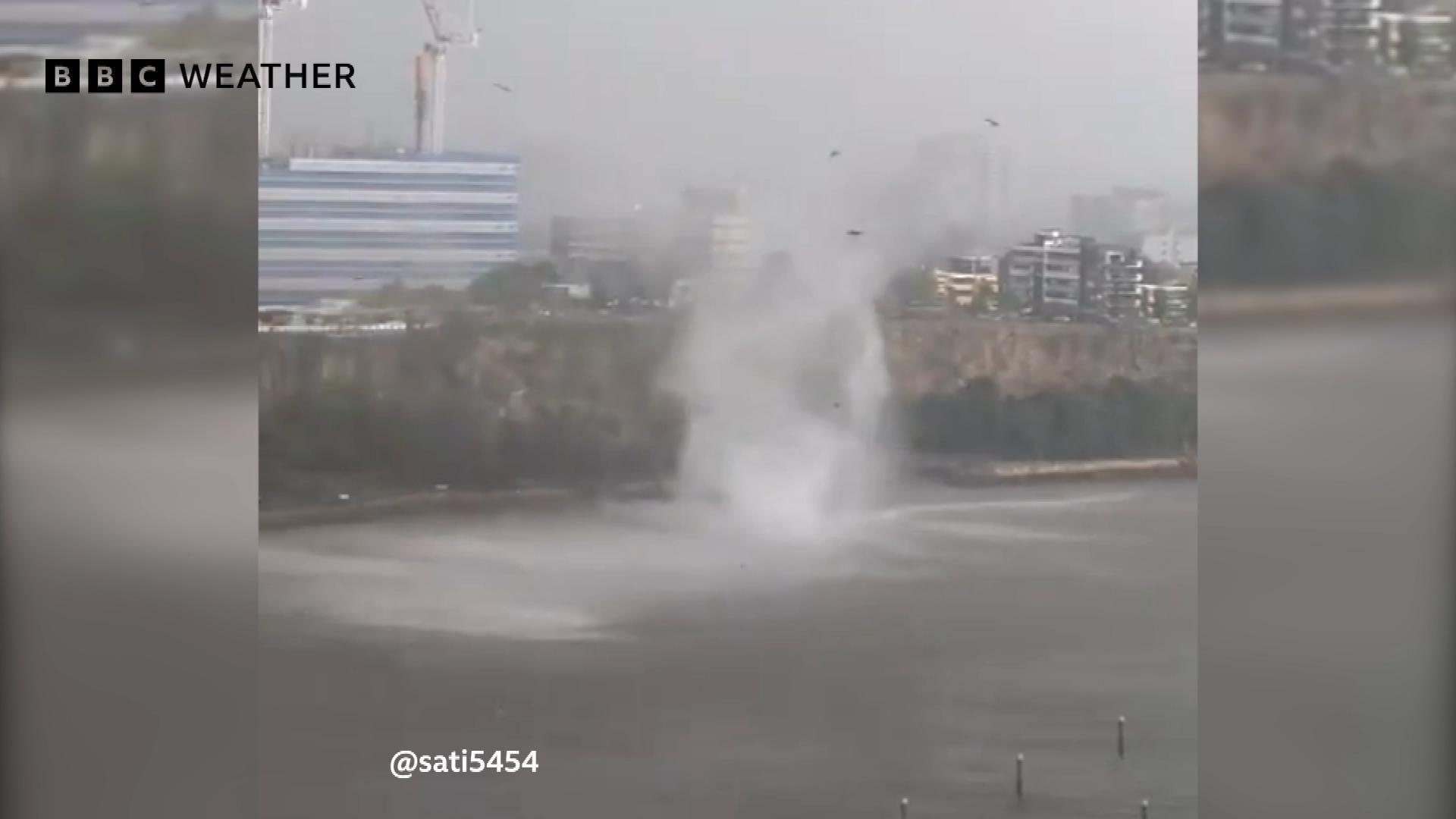The extreme weather events of 2024 as year declared warmest on record
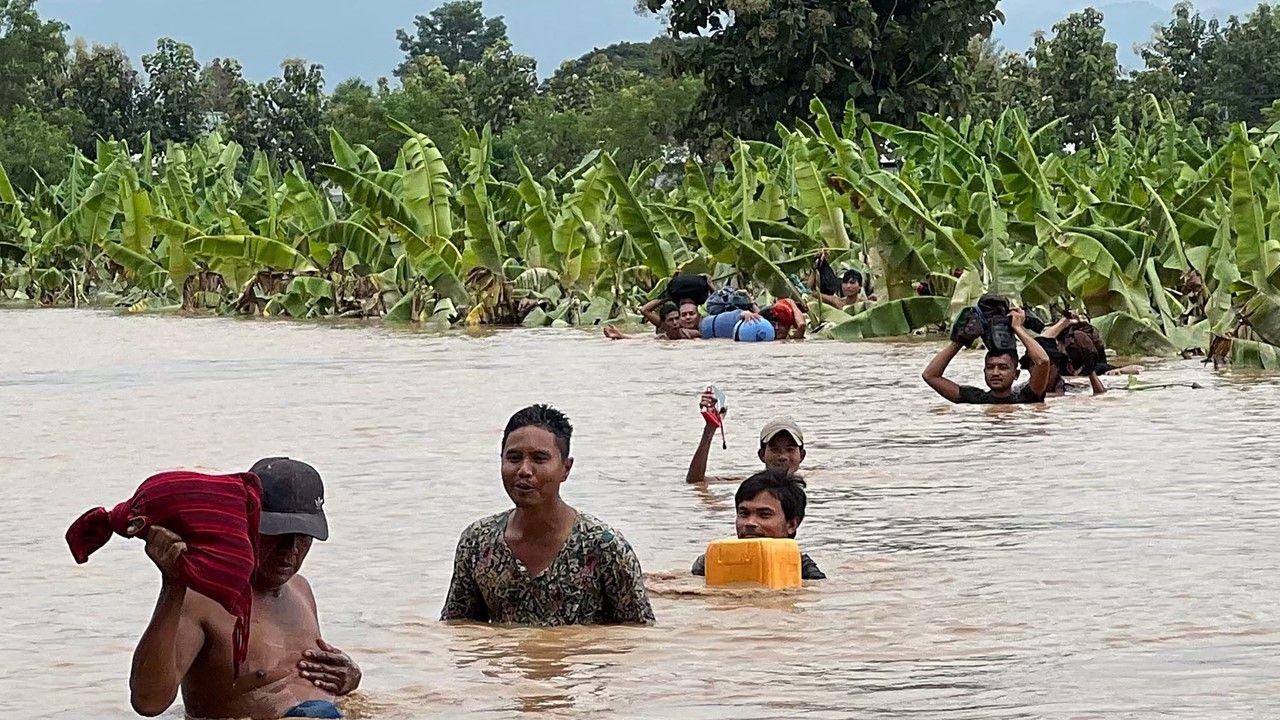
People wade through flood waters in Pyinmana, Myanmar, in the aftermath of Typhoon Yagi
- Published
We now know that last year was officially the warmest on record and one in which storms, wildfires, droughts and record temperatures battered the globe.
The Copernicus Climate Change Service (C3S) said 2024 was the first calendar year when the average global temperature exceeded its pre-industrial level by 1.5C - the limit set in the Paris agreement.
Scientists say the main driver behind the rise in air and sea surface temperatures is human-induced climate change but in 2024 other natural events including El Niño also contributed.
The pledge to limit the long-term temperature increase to 1.5C was made by world leaders in 2015 to try to avert some of the most harmful impacts of global warming. It's generally accepted to mean a 20-year average, rather than a single year, so the C3S verification for 2024 doesn't mean that it's been broken.
Extreme weather events affected people around the globe in 2024 and while not all may be attributed to climate change we do know that a warming world means their frequency will increase.
North America
The Atlantic hurricane season started early, external, and with a record-breaking bang. At the end of June, Beryl became the first major hurricane of the 2024 season.
It swept through the Caribbean before making landfall on the Gulf coast of the US. It was the earliest Category 5 hurricane to form in recorded history.
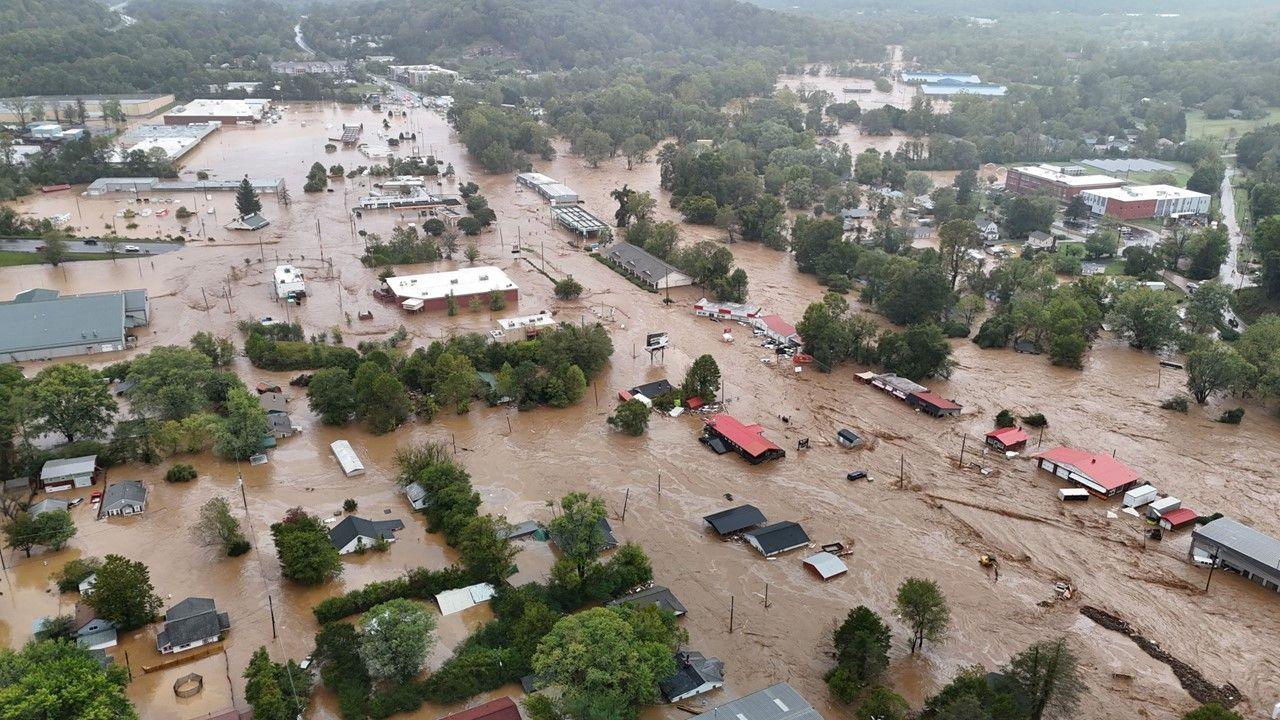
Hurricane Helene weakened over land but brought extensive flooding to North Carolina
Early September is the usual peak of the Atlantic hurricane season but was unusually quiet in 2024.
However, later that month Hurricane Helene hit the Florida coast as a major Category 4 storm causing widespread flooding and wind damage to the south-east US.
According to preliminary data from the US National Oceanic and Atmospheric Administration, it was the deadliest hurricane to affect the continental US since Hurricane Katrina in 2005, and led to more than 150 deaths.
Helene was the first of six storms to develop in quick succession. These culminated with Hurricane Milton, which formed in the Gulf of Mexico in early October - and demonstrated one of the most extreme examples of rapid storm intensification on record, seeing its wind speeds increase by a massive 145km/h (90mph) in 24 hours.
At the beginning of December a state of emergency was declared in New York State as the first snowfalls of the season arrived. Lake-effect snow blanketed towns across the states of New York, Pennsylvania, and Michigan at a time of busy holiday travel, with more than 1.6m (5ft 3in) falling to the east of Lake Ontario.
- Published30 November 2024
- Published1 October 2024
South America
In early May, days of heavy rain brought severe flooding and mudslides to Rio Grande do Sul in southern Brazil leading to the collapse of a hydroelectric dam. Almost half the average annual rainfall for the area fell in just over a week.
However, in other parts of Brazil the story was very different.
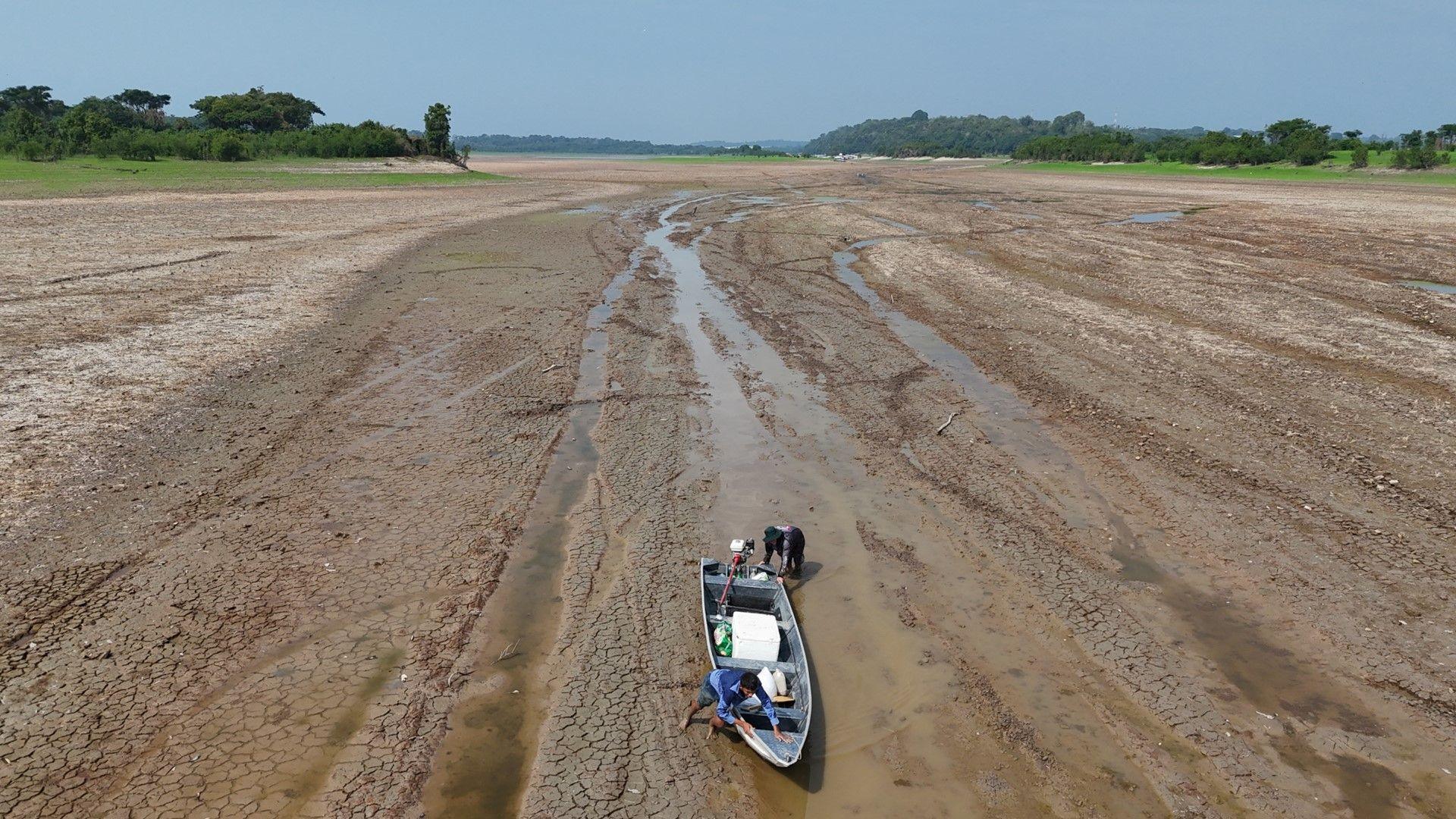
Fishermen resorted to pushing their canoe as they tried to go fishing during the drought in Brazil
The country endured its worst drought since records began, affecting almost 60% of the country.
In September, authorities said water levels of the Paraguay River, which feeds the Pantanal - the world's largest tropical wetland, fell to their lowest point in 120 years.
Record-breaking wildfires also raged across the continent.
But as October came to a close, dark clouds finally began to bring rain to the Amazon ending a two-year drought.
Europe
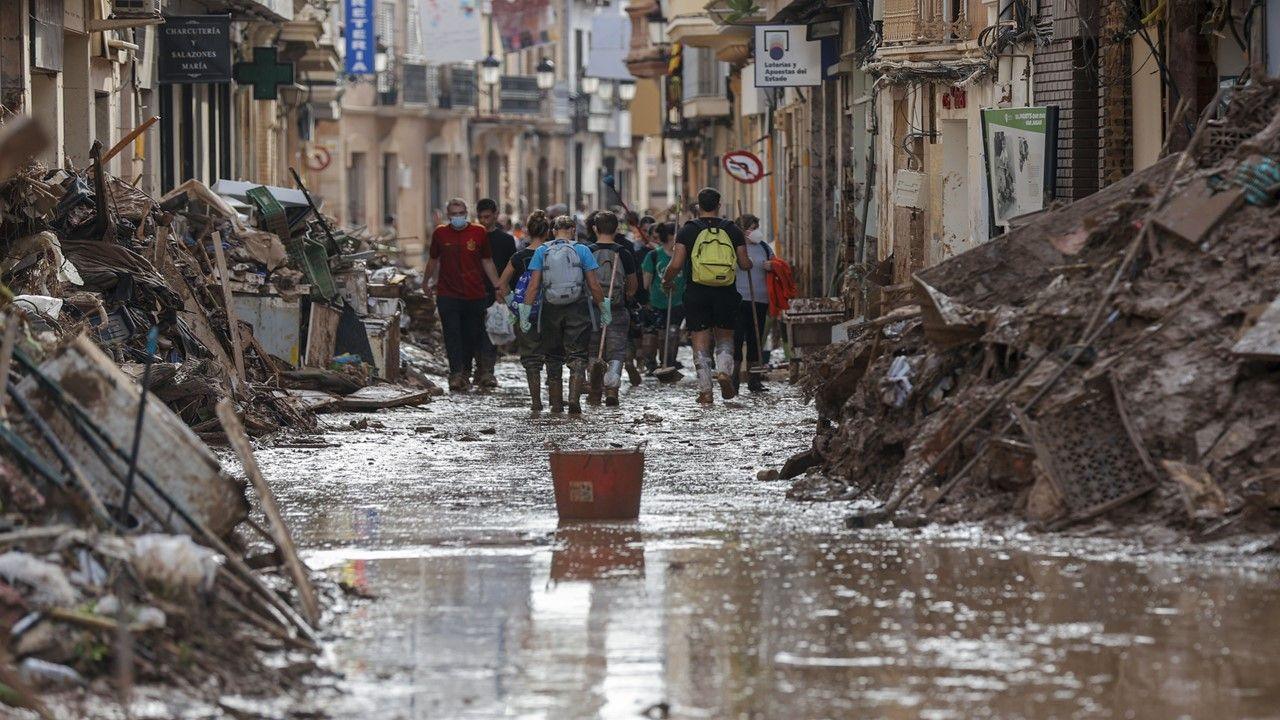
Residents and volunteers began clearing up in Paiporta, Valencia, as rescuers searched for survivors
Despite the UK having its coolest summer since 2015, much of Europe experienced a hotter than average season.
Austria had its warmest summer on record, Spain had its warmest recorded August, Finland its joint warmest and Switzerland second warmest.
In September firefighters in Portugal tackled 100 wildfires in the north of the country, sparked by the hot and dry conditions.
Whilst these fires raged, Storm Boris brought widespread flooding to central Europe.
The following month a DANA weather event brought catastrophic flooding to eastern Spain.
A year’s worth of rain fell in just eight hours in the mountains near Valencia and as it swept down into the city it caused extensive damage and led to the deaths of more than 200 people.
- Published30 October 2024
Africa and the Middle East

Much of Dubai under water after intense storms which forced the cancellation of hundreds of flights at Dubai International Airport, the second busiest in the world
In April the United Arab Emirates also received almost a year's rainfall, this time in 24 hours.
Roads were submerged in Dubai, at least one metro station was ankle-deep in water and flights from the international airport were grounded.
At the same time a deadly heatwave took hold across west Africa and the Sahel region of the continent, which scientists said would have been "impossible" without human-induced climate change.
Namibia declared a state of emergency in May as the country grappled with its worst drought in a century. The government planned to kill wild animals and distribute the meat to those people who had no food. It was one of several countries across southern Africa struggling with devastating drought driven by El Niño.
By contrast later in the year, seasonal rains across Africa were displaced much further north bringing flooding to the Sahara for the first time in half a century.
- Published16 April 2024
Asia
A heatwave affected many parts of Asia in April and May. In India, red alert temperatures of 47C (116F) coincided with the general election when many people queued outside to vote.
According to World Weather Attribution, external, climate change played a significant role, making a heatwave with such extreme temperatures 45 times more likely.
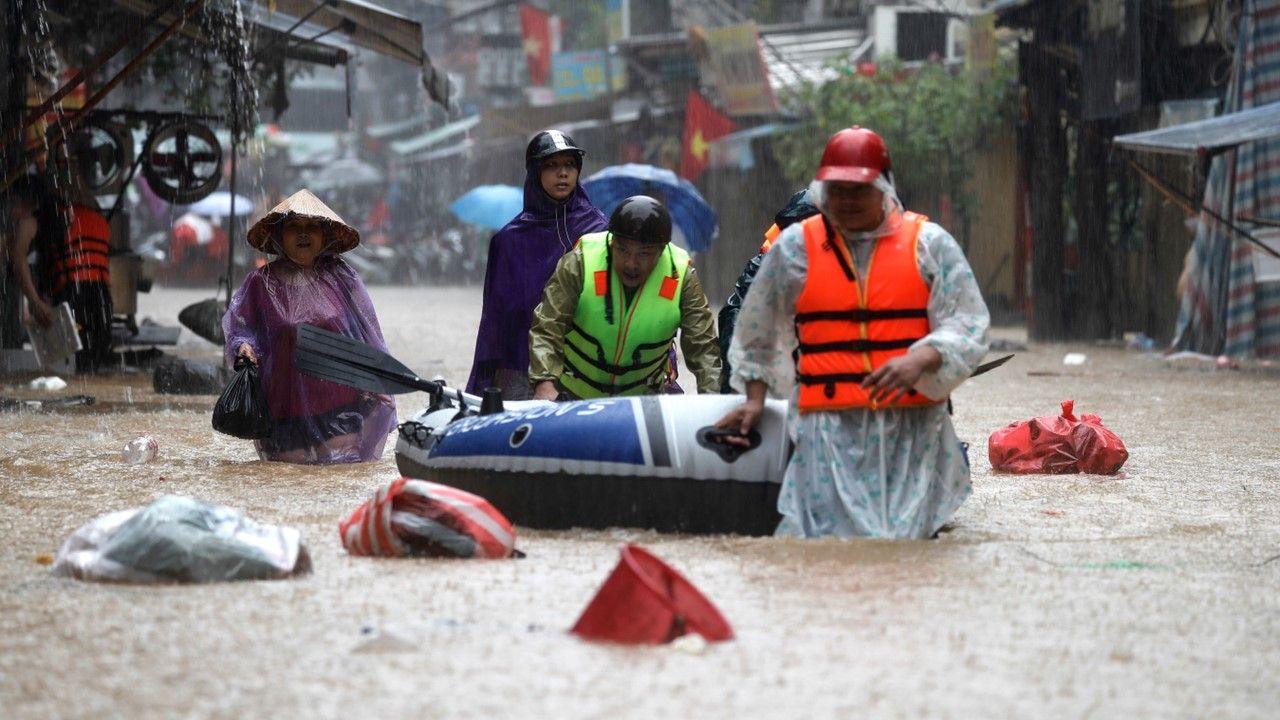
Residents are left knee-deep in flood water after Typhoon Yagi hit provinces in Hanoi, Vietnam
Typhoon Yagi combined with seasonal monsoon rains in September to trigger catastrophic floods and landslides as it ploughed a path across south-east Asia, leaving more than 500 people dead.
But it was the Philippines that bore the brunt of typhoon activity in the Pacific in 2024. They included Tropical Storm Trami and Typhoon Kong-Rey, which brought deadly flooding and landslides to Luzon in late October.
Japan had its joint hottest summer on record in 2024. Unusually warm weather meant Mount Fuji was still without snow at the end of October. This is the latest time in the year the mountain has remained uncapped since records began 130 years ago.
Australasia
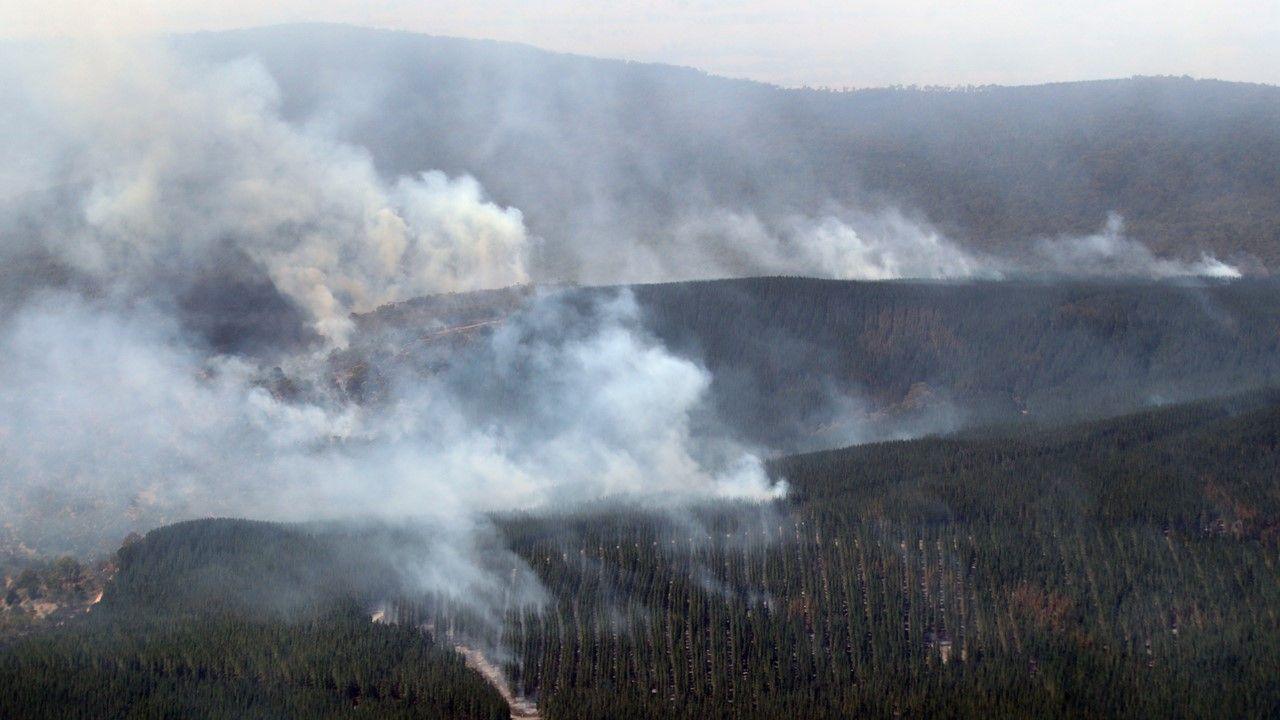
A catastrophic fire weather warning was issued in the Australia state of Victoria in February 2024
Severe weather in Australasia did not seem to be on the same scale in 2024 as other parts of the world, perhaps because El Niño weakened and dissipated at the start of the year.
Nearly half a million homes were left without power in the Australian state of Victoria after storms in February. The wild conditions also hampered efforts to fight massive bushfires in the west of the region.
August 2024 was the warmest on record in Australia by a huge 3C, although colder weather followed later in the year with Canberra Airport and Adelaide both experiencing their lowest spring temperature on record, while in New Zealand winter 2024 was their third warmest.
- Published6 September 2024

- Published14 November 2024
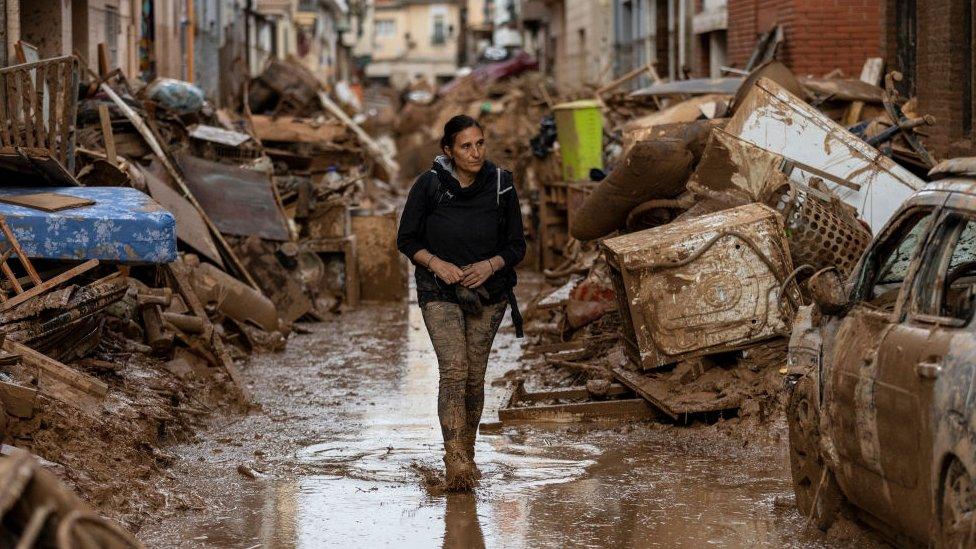
- Published1 November 2024
